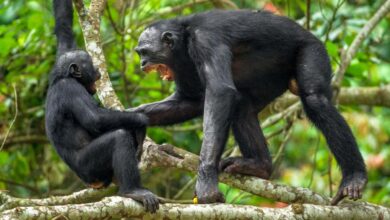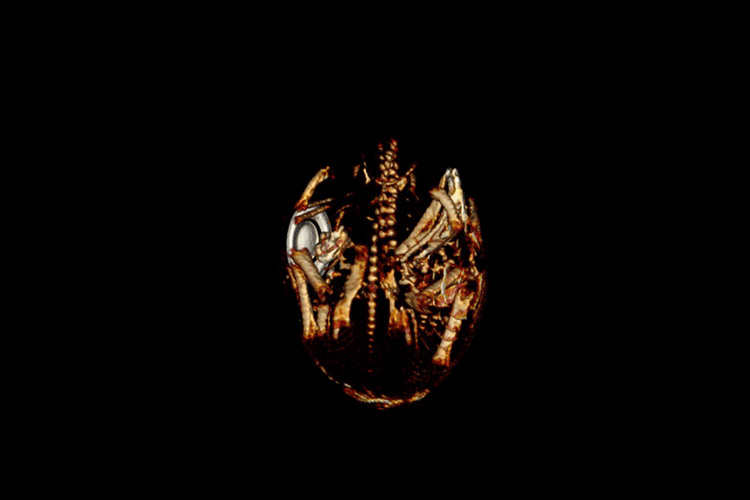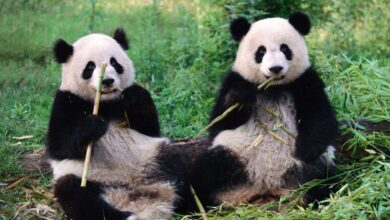
[ad_1]

Reindeer can multitask
Gabriela Wagner
Reindeer appear to snooze throughout the day while chewing their cud. This may be an adaptation to their Arctic habitat, where food is abundant in the summer and they must constantly eat to gain enough weight to survive the winter.
To help break down the fibrous plants that make up their diet, reindeer ruminate – that is, they regurgitate food from their stomach back into their mouth for extra chewing. And they often take on a trance-like stare as they chomp. “You can sort of see it in their face, they’re a bit gone,” says Gabriela Wagner at the Norwegian Institute of Bioeconomy Research. “But nobody knew if they were actually asleep because no one has ever measured the brainwaves of reindeer before.”
Wagner and her colleagues used an electroencephalograph (EEG) – metal electrodes attached to the heads of four captive Eurasian tundra reindeer (Rangifer tarandus tarandus), which recorded electrical pulses in their brains over the next few days as they ate, slept and moved around.
The reindeer’s brainwave patterns revealed that, when ruminating, they were in a light stage of sleep known as non-REM sleep, suggesting the animals can recharge while chewing their cud. “It looks very much like human sleep – it’s got the same stages of sleep spindles and slow wave activity,” says Wagner, describing bursts of brain activity visible on the EEG. They also found that the more time the reindeer spent ruminating, the less they needed additional rest.
Wagner suspects this type of multitasking might help the animals get enough rest during the summer when they spend almost all their time feeding in preparation for winter. “This seems to be a perfect adaptation to the Arctic, where you just have a very short period of the year when you have to eat all the time to get fat,” she says.
Resting while ruminating may also explain why, unlike most other species that sleep more in winter, reindeer appear to sleep the same amount regardless of the season.
Topics:
Source link




